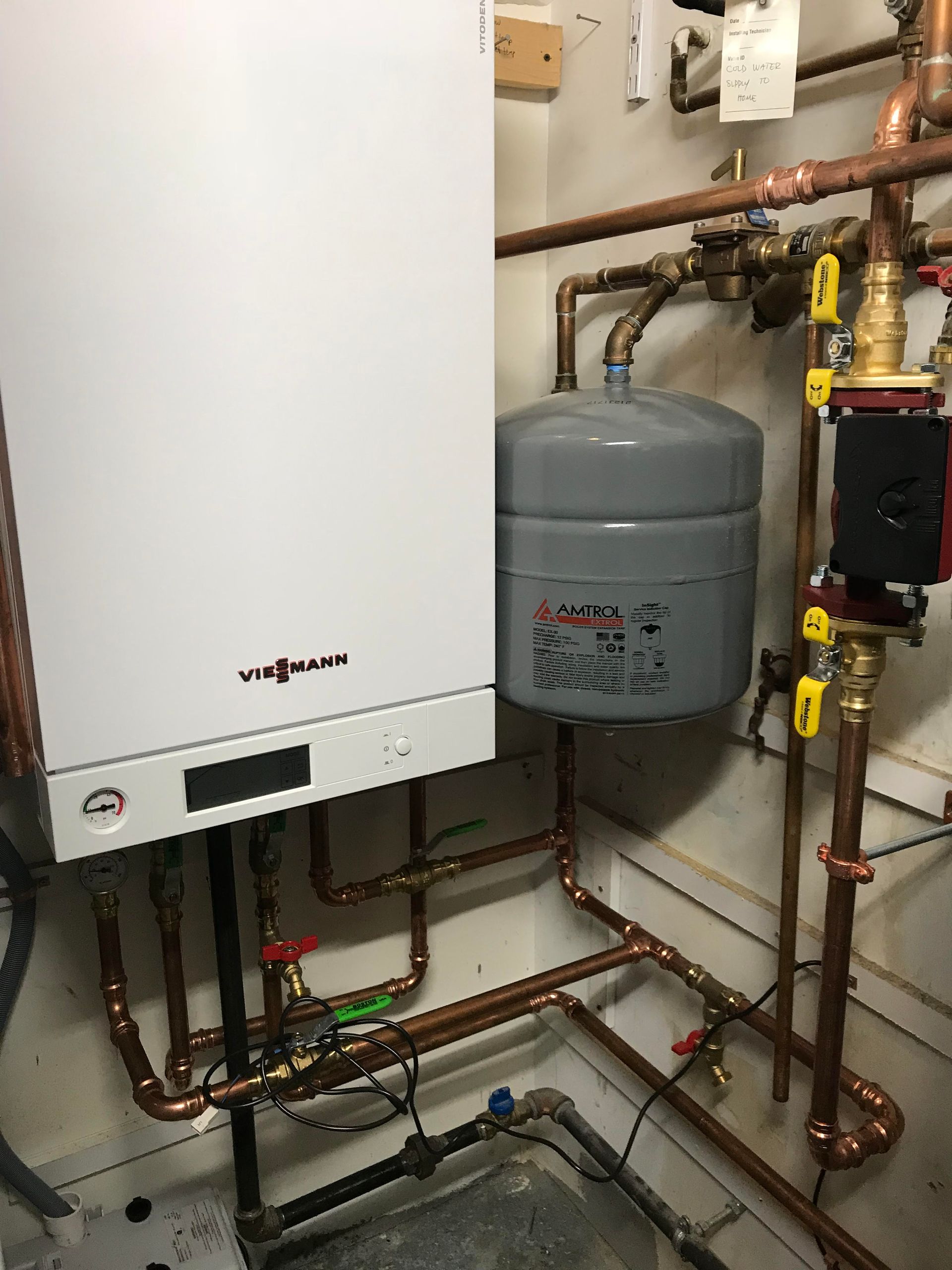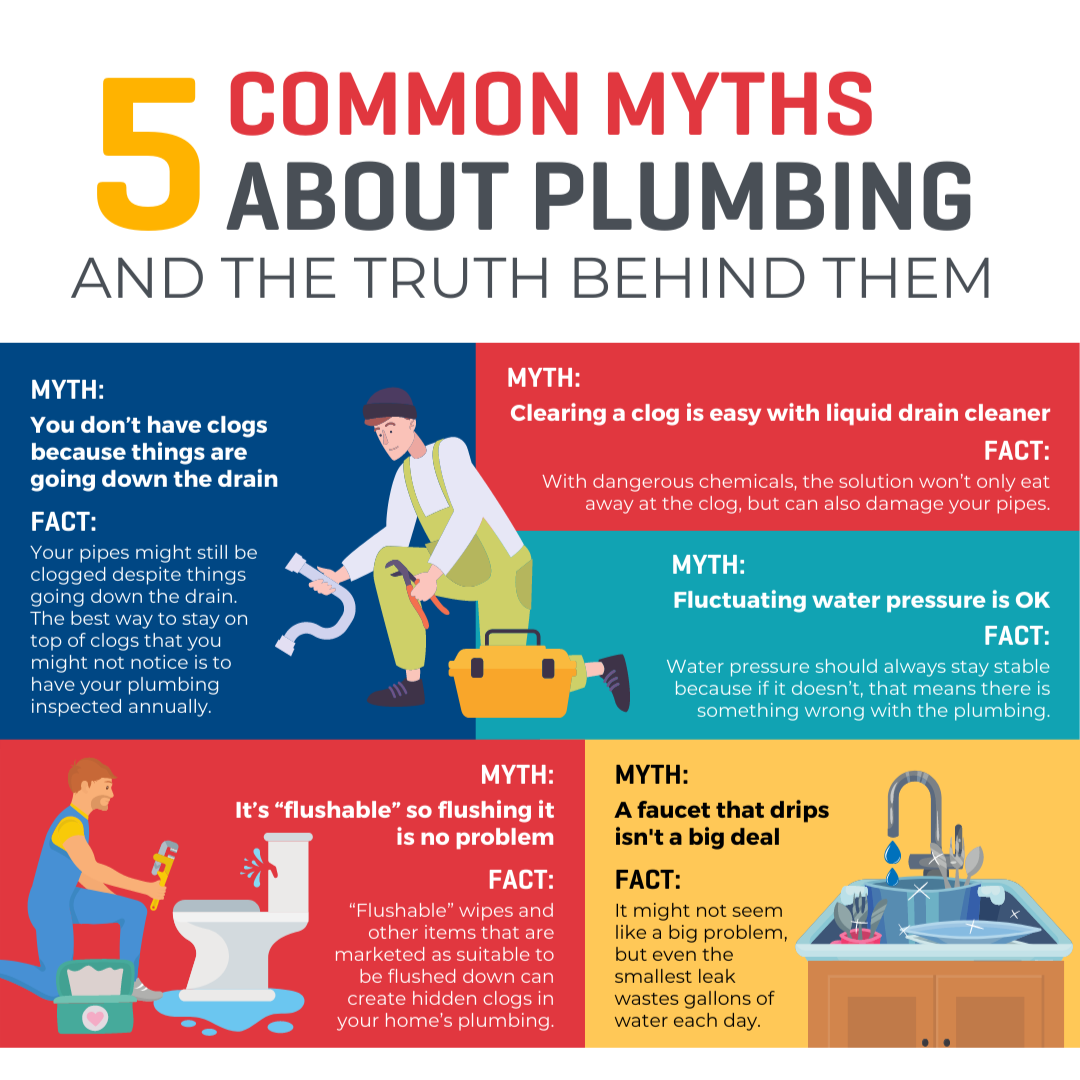
DIY Plumbing Tips and Tricks: Navigating Common Household Issues Without the Professionals
DIY Plumbing Tips and Tricks:Navigating Common Household Issues Without the Professionals
Plumbing issues are a common headache for homeowners, often evoking images of expensive bills, walls torn down, and days of inconvenient disruptions. However, not all plumbing problems require the intervention of a professional. With a few tips and tricks up your sleeve, you can tackle some of the most common plumbing issues, such as unclogging drains and fixing leaky faucets, with ease and without resorting to harsh chemicals. Additionally, adopting preventative plumbing maintenance can save you time, money, and frustration down the line. Let's dive into some DIY plumbing solutions that every homeowner should know.
How to Unclog a Drain Without Harsh Chemicals
Clogged drains are one of the most common household plumbing issues. Before reaching for a bottle of harsh chemical drain cleaner, consider these more environmentally friendly and safer alternatives:
- Boiling Water: Often, a simple pot of boiling water poured slowly down the drain can melt away grease and soap scum that's causing the blockage.
- Baking Soda and Vinegar: A tried and true method involves pouring half a cup of baking soda down the drain, followed by half a cup of white vinegar. Cover the drain with a plug or damp cloth to keep the reaction contained. After waiting an hour, flush the drain with hot water. This method is effective for breaking down organic matter.
- Plunger: A plunger can also be used on a clogged sink. Fill the sink partially with water, and use a plunger over the drain. The suction can help dislodge the blockage.
- Plumber's Snake: For tougher clogs, a plumber's snake, also known as a drain auger, can be inserted into the drain to physically break up and remove the blockage.
These methods are not only safer for your plumbing but also for the environment and your health.
Step-by-Step Guide to Fixing a Leaky Faucet
A leaky faucet is not just a nuisance; it can lead to wasted water and increased bills. Fixing a leaky faucet is often simpler than most people think:
- Turn Off the Water Supply: Before starting any repair, turn off the water supply to the faucet. Look for the shutoff valves under the sink and turn them clockwise.
- Disassemble the Faucet: Remove the handle and other parts to expose the valve. How you do this will depend on the type of faucet you have (compression, cartridge, ball, or ceramic-disk). Keeping track of the order and orientation of parts can save you a headache when reassembling.
- Identify the Culprit: Once you have access to the internal parts, look for signs of wear or damage on the O-rings, washers, and seals. These are often the cause of leaks.
- Replace Damaged Parts: Take the damaged parts to a hardware store to find exact replacements. Replacing these parts is usually inexpensive.
- Reassemble and Test: Put the faucet back together, turn the water supply back on, and test to see if the leak has been fixed.
This process can save you the cost of a plumber, and learning to do it yourself can be incredibly satisfying.
Preventative Plumbing Maintenance for Homeowners
Preventative maintenance is key to avoiding plumbing emergencies. Here are some tips to keep your plumbing in top shape:
- Regularly Inspect for Leaks: Small leaks can lead to big problems. Regularly check under sinks, around toilets, and along exposed pipes for signs of leaks.
- Avoid Clogs Before They Happen: Be mindful of what goes down your drains. Avoid pouring grease down the kitchen sink, and use hair catchers in showers and bathtubs.
- Know Your Water Pressure: water pressure can damage your plumbing over time. Consider installing a pressure regulator if your water pressure is too high.
- Drain Your Water Heater Annually: Sediment buildup in your water heater can reduce its efficiency and lifespan. Draining it annually can help prevent this.
- Winterize Your Pipes: Before winter, make sure to insulate exposed pipes to prevent them from freezing and bursting.
By following these tips and tricks, not only can you save yourself from the inconvenience and expense of calling a plumber, but you can also extend the life of your plumbing system. Remember, while many plumbing issues can be addressed with a little DIY spirit, there are situations where it's best to call in the professionals. Knowing the difference can save you from turning a small problem into a plumbing catastrophe.
Ready to explore the possibilities of plumbing ? Contact Semper Flow Plumbing. today to discuss how we can help you with all your property's plumbing needs. To learn more about what we do, please click here. To contact us, please click here or call us at 978-460-9472
You might also like


Book a Service Today
We will get back to you as soon as possible
Please try again later

Navigation
Services
Working hours
- Mon - Fri
- -
- Sat - Sun
- Appointment Only
After Hours Emergency Services
- Mon - Sun
- Open 24 Hours
